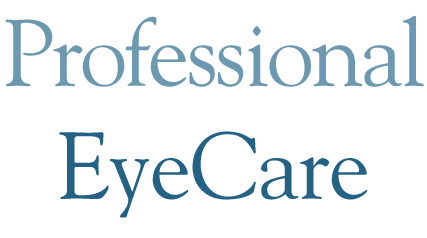Even if your child has “20/20” eyesight he may be experiencing vision problems. These problems may be causing learning problems and substandard educational results. A child’s visual acuity ( how well s/he can see the wall chart) is an essential aspect of good vision but there are other factors which may prove more important. You may already be aware that a nearsighted child has little trouble reading or that good grades in school can be acquired even if much of the teacher’s board cannot be seen by the student.
Questions Related to Eyesight and Learning
Eye movement skills: Do your child’s eyes move across the page in a book smoothly and accurately?
Eye focusing abilities: Does your child change focus from near to far and back again -between reading text from a far-away white or black-board and writing on paper?
Eye teaming skills: Are your child’s eyes working together as a focus unit -do they come together for proper eye alignment for reading?
Binocular vision skills: Are your child’s eyes blending visual images from both eyes into a single, three-dimensional image?
Visual perceptual skills: Does your child identify and understand what s/he sees, co-relating importance, connecting with previous visual memorized information?
Visual-motor integration: Is the quality of your child’s eye-hand coordination balanced? Visual-motor integration is important not only for legible handwriting and the ability to efficiently copy written information from a book or board but also for sports. Deficiencies in any of these can be detrimental to a child’s learning ability and / or school performance.
Vision Problems Do Affect Kids Learning
Undetected learning-related vision problems in children are common. A child with an untreated vision problem may be misdiagnosed with behavior problems or ADHD/ADD when in reality they have a vision problem. Vision problems, in extreme cases, ignored or misdiagnosed, can become the true root cause of a child becoming the victim or aggressor in a school bullying tragedy.
Left untreated, vision problems will hinder your child’s learning in school. Studies have shown that at least 13% of children between the ages of nine-thirteen suffer from moderate to severe convergence insufficiency, the ability to bring one’s eyes together, which is crucial for good reading. Studies demonstrate clearly that one out of four school-age children suffer from at least one learning related vision problem.
Learning-Related Vision Problems
Signs and Symptoms
Some of the most common roadmap symptoms of learning-related vision disorders are:
- Double vision, particularly during or after reading
- Poor handwriting
- Hyperactivity or recklessness during class
- Word and letter reversals
- Easily distracted during reading
- Poor reading comprehension
- Poor overall school performance
- Circumventing of reading
- Blurred vision, especially after reading or working closely
- Eye Strain or frequent headaches
Call us to schedule a comprehensive child’s vision exam if your child exhibits one or more of these signs or symptoms and is exhibiting these types of problems in school.
Comprehensive Child Vision Exam
A comprehensive child’s vision exam includes tests performed in a routine eye exam, plus specific additional tests for detecting learning-related vision problems.
Extra tests would include accommodation, binocular vision, and ocular motility testing. In addition to these, depending on the type of problems your child is having, we may recommend other testing, either in our office or with a child’s vision and/or vision development specialist.
Vision Therapy
Special reading glasses or vision therapy may help your child if s/he has a learning-related vision problem that cannot be corrected with regular glasses or contact lenses. Vision therapy entails eye exercises and other activities especially tailored for each patient to improve vision skills.
Learning Disabilities and Vision
Although children with learning disabilities may also have vision problems that are contributing to their difficulties in the classroom, vision therapy is a treatment for vision problems; it does not correct a learning disability. A child’s learning ability and school performance may indicate learning disabilities and/or vision problems.
Once your child’s comprehensive vision exam is completed, we will advise you about whether a program of vision therapy could be helpful. We will refer you to a children’s vision or education/learning specialist if we do not provide the specified additional services your child needs.


